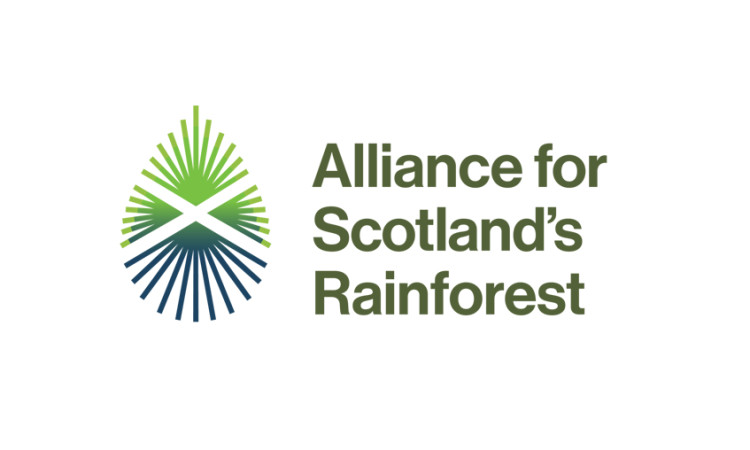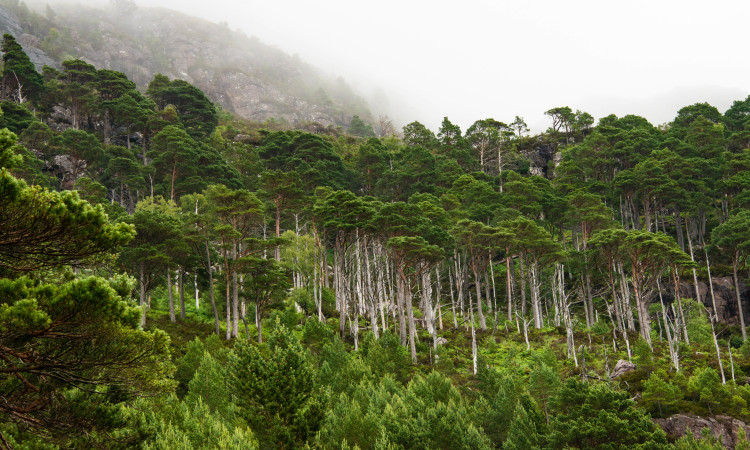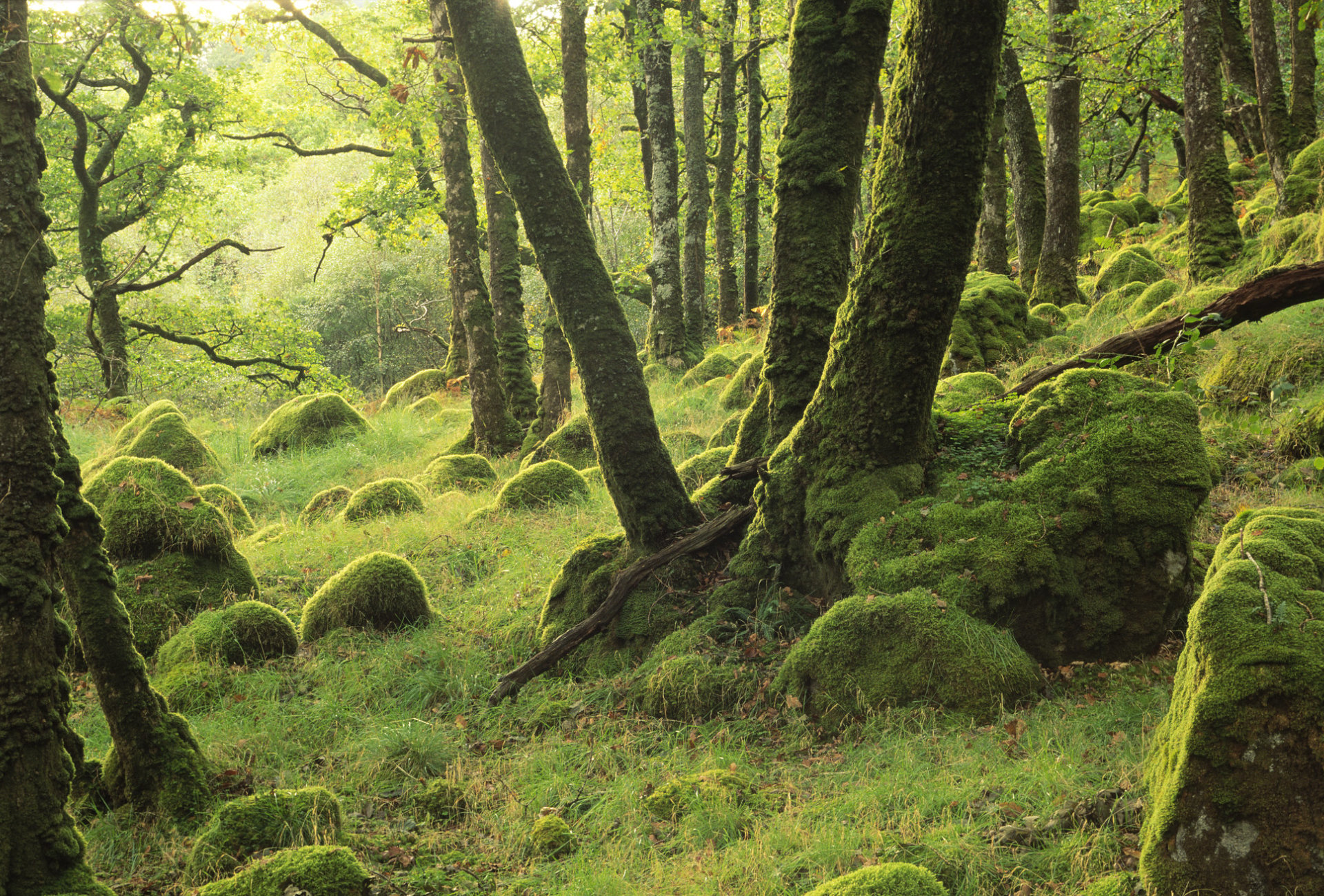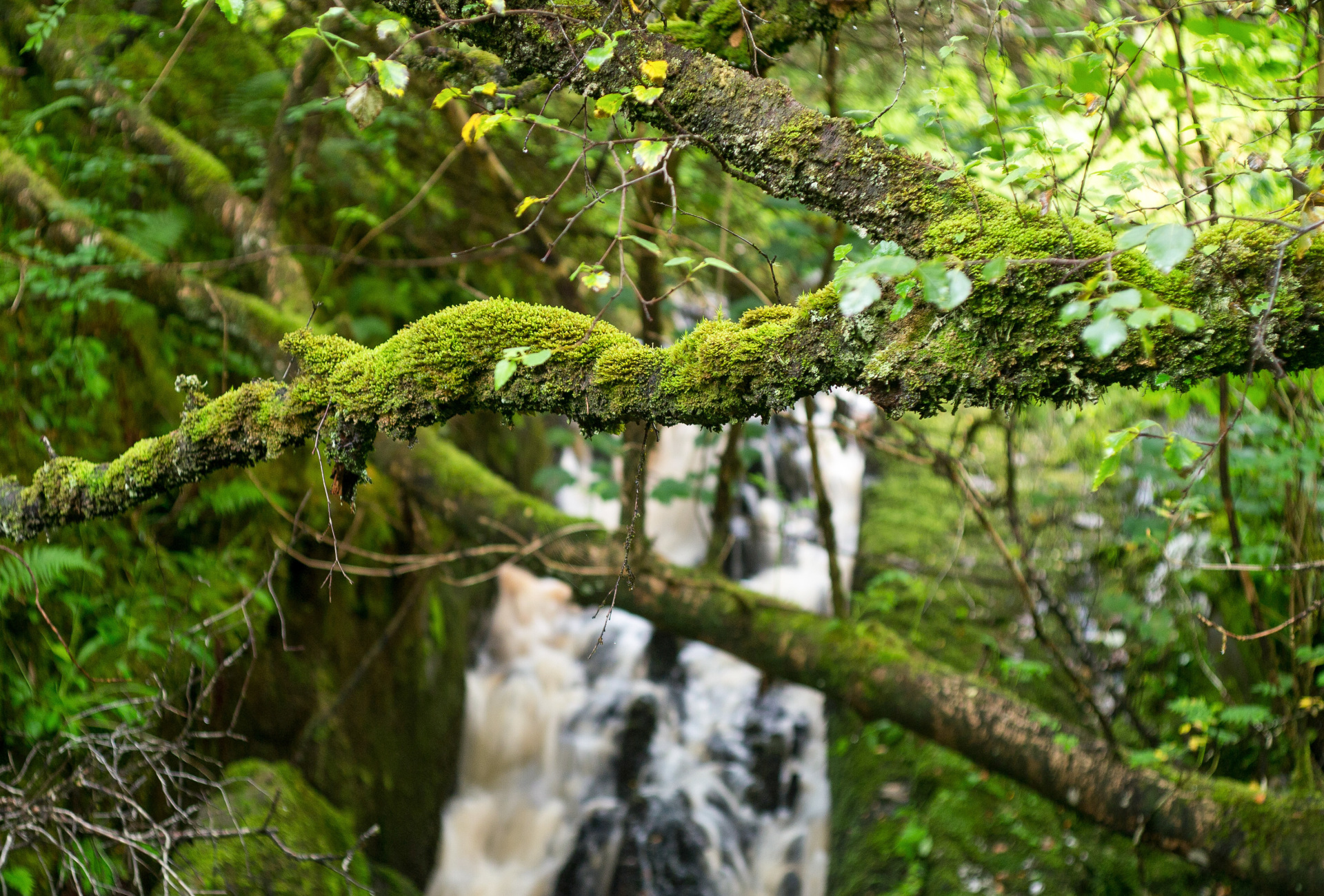Scotland’s rainforest is one of our most precious habitats. It is as important but even rarer than tropical rainforest, yet few people in Scotland know it exists and fewer still know how globally significant it is.
Scotland’s rainforest, also known as Atlantic woodland or Celtic rainforest, is made up of the native woodlands found on our west coast in the so-called “hyper-oceanic zone”. Here, high levels of rainfall and relatively mild, year-round temperatures provide just the right conditions for some of the world’s rarest bryophytes and lichens.
It is the diversity of these bryophytes and lichens that are found in vast quantities on trees, boulders, in ravines and on the ground, that make Scotland’s rainforest internationally important. In fact, we have some of the best remaining rainforest sites in Europe.
30,000 hectares
of Scotland's rainforest remain
Only 2%
of Scotland’s woodland cover is made up of rainforest
But Scotland’s rainforest is in trouble. As little as 30,000 hectares remain – a mere 2% of Scotland’s woodland cover and only a fraction of the area that has climatic conditions suitable for rainforest.
The remnant oak, birch, ash, native pine, and hazel woodlands that do cling on in Scotland are small, fragmented, and isolated from each other. Almost all show little or no regeneration due to high levels of grazing; almost half are being choked with invasive Rhododendron ponticum; and one fifth has been planted up with exotic conifer plantations. They also face threats from diseases like ash dieback, as well as nitrogen pollution, infrastructure development, and climate change.
If we don’t start taking serious and urgent action to support and protect our rainforest, we face the risk of losing this internationally important habitat completely. And the longer we wait, the harder it will become.
The John Muir Trust is a founding member of the Alliance for Scotland’s Rainforest; a voluntary partnership of more than 20 organisations with a shared interest in “Saving Scotland’s Rainforest”. Since the Alliance first came together in May 2019, it has created a strategy that aims to secure funding for landscape-scale restoration projects, change government policy to support rainforest conservation, and raise awareness of this special habitat.
In addition to providing policy and advocacy support, the John Muir Trust manages and looks after native woodland at our properties within the hyper-oceanic rainforest zone, including Ben Nevis, Quinag, the Isle of Skye, and Knoydart. We also contribute to a collaborative monitoring programme and work to restore and expand this unique habitat across our properties.
The Alliance for Scotland’s Rainforest
The Alliance for Scotland’s Rainforest is a voluntary partnership of over 20 organisations with a shared interest in ‘Saving Scotland’s Rainforest'.
Learn more
Right now we are in the midst of twin climate and biodiversity crises. Scotland’s rainforest plays a fundamental role in combatting both; its rare and fragile ecosystem influences our climate, locks up carbon and provides vital homes for a globally significant assemblage of species, some of which occur nowhere else.
Scotland’s rainforest is also an important place for the people that live and work on the west coast of Scotland. Its management provides jobs, its canopy provides cover for livestock, and communities use it for exercise, health, and well-being. It is a natural classroom for school children, a meeting place for groups and volunteers, and a destination for tourists.
The State of Scotland's Rainforest
Read the research report assessing the state of Scotland’s rainforest, the danger this habitat is in, and what we need to do to save it
Learn more
By reducing grazing pressures, clearing invasive species, and establishing new native woodland, our vision is that Scotland’s rainforest will thrive once again. Implementing this vision will help protect the environment, deliver Scotland’s national and international commitments on conservation and forestry, deliver new social and economic opportunities, and allow people to enjoy the magic of the rainforest for generations to come.
How you can help
- Share the short film featured above with anyone you think might be interested in learning about Scotland's rainforest to help raise awareness of this rare habitat.
- Donate to our Wild Woods appeal
- Take action by mapping your local rainforests. Use a temperate rainforest identification guide if you think a woodland near you might be a rainforest and submit your photos and findings here. Together we can map the UK's rainforests and ensure the protection of this rare and precious habitat.
- Choose one or more of the six ways to get involved from the Alliance for Scotland's Rainforest.
Keep up to date with this work
Get the latest updates on our work to protect Scotland's Rainforest and our other campaigns by signing up for our emails
Related News

19 Dec 2025
2025 rewind

18 Dec 2025
Tribute: Stuart Brooks

